Tearing Out the Garden | Northern California Nature Photographer
It’s past time to tear out the gardens - both the floral cutting garden and the vegetable garden. (My tomatoes are going crazy!!!) After all, it’s November! But, each time I go out to the garden and assess what I need to get started removing the old plants, I see bees, ladybugs, and butterflies. I just cannot begin to remove their food source. And, yes. Even though the hummingbirds should have migrated south, there are still quite a few who are feeding at the feeders. Apparently, there are some who over-winter here.
Of course, the two schools of thought are. Leave the food sources there for the stragglers, or tear everything out so they will move on. My concern is that they will not necessarily move on, but begin to starve. If you have any educated thoughts on this, I’d love to know. It’s a real conflict for me. Soon the weather will turn much colder, rain will arrive, and even frost. That will put an end to the gardens for this year. Somehow, allowing Mother Nature to make this determination feels a little more comfortable than ME making the decision.
For now, I will continue to enjoy my macro lens, freshly cut flowers, and tomato pie!
Seriously. If you have insights with this, I’d love to hear.
Garden Occupants
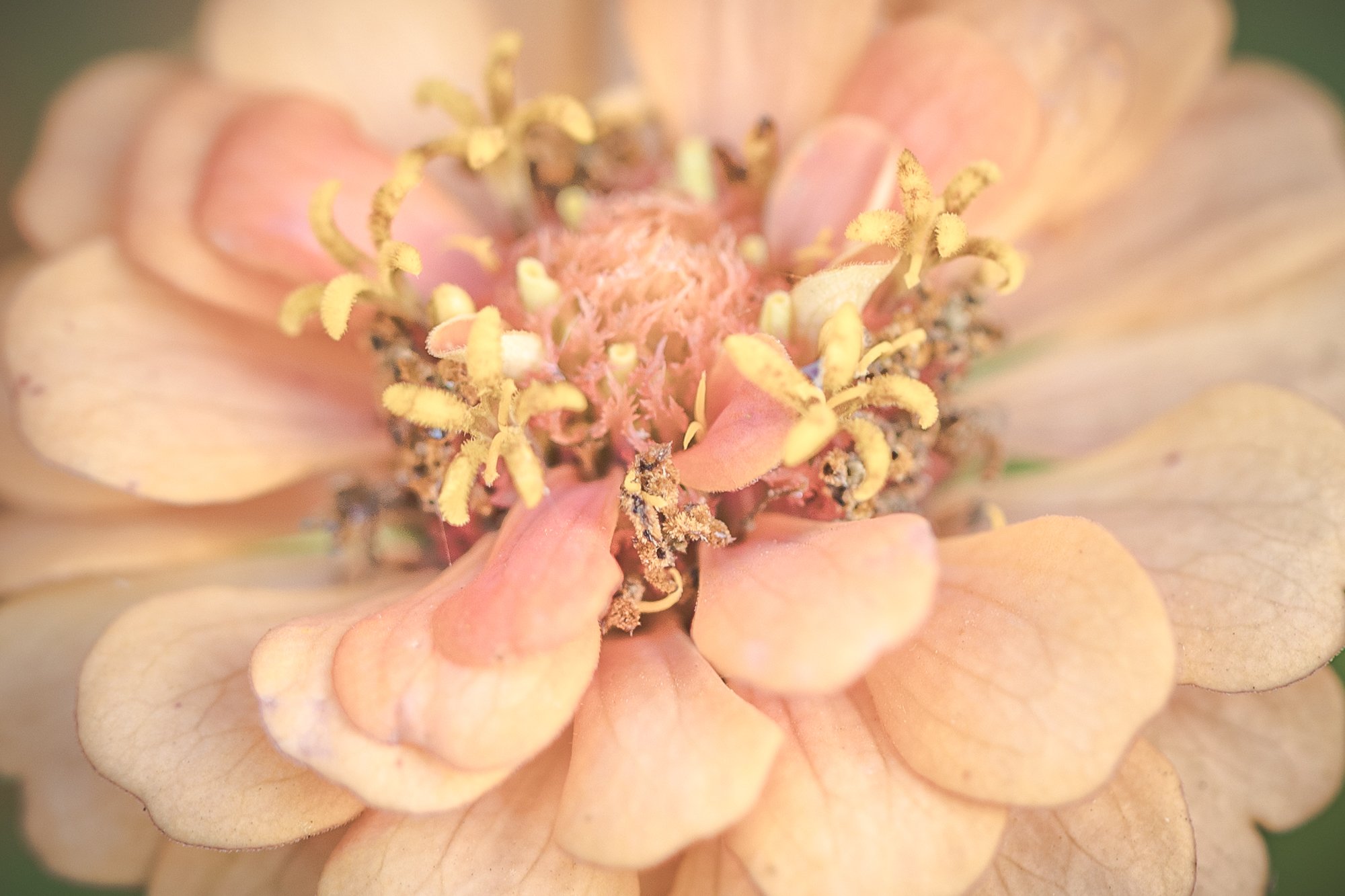
Peachy Colored Zinnia
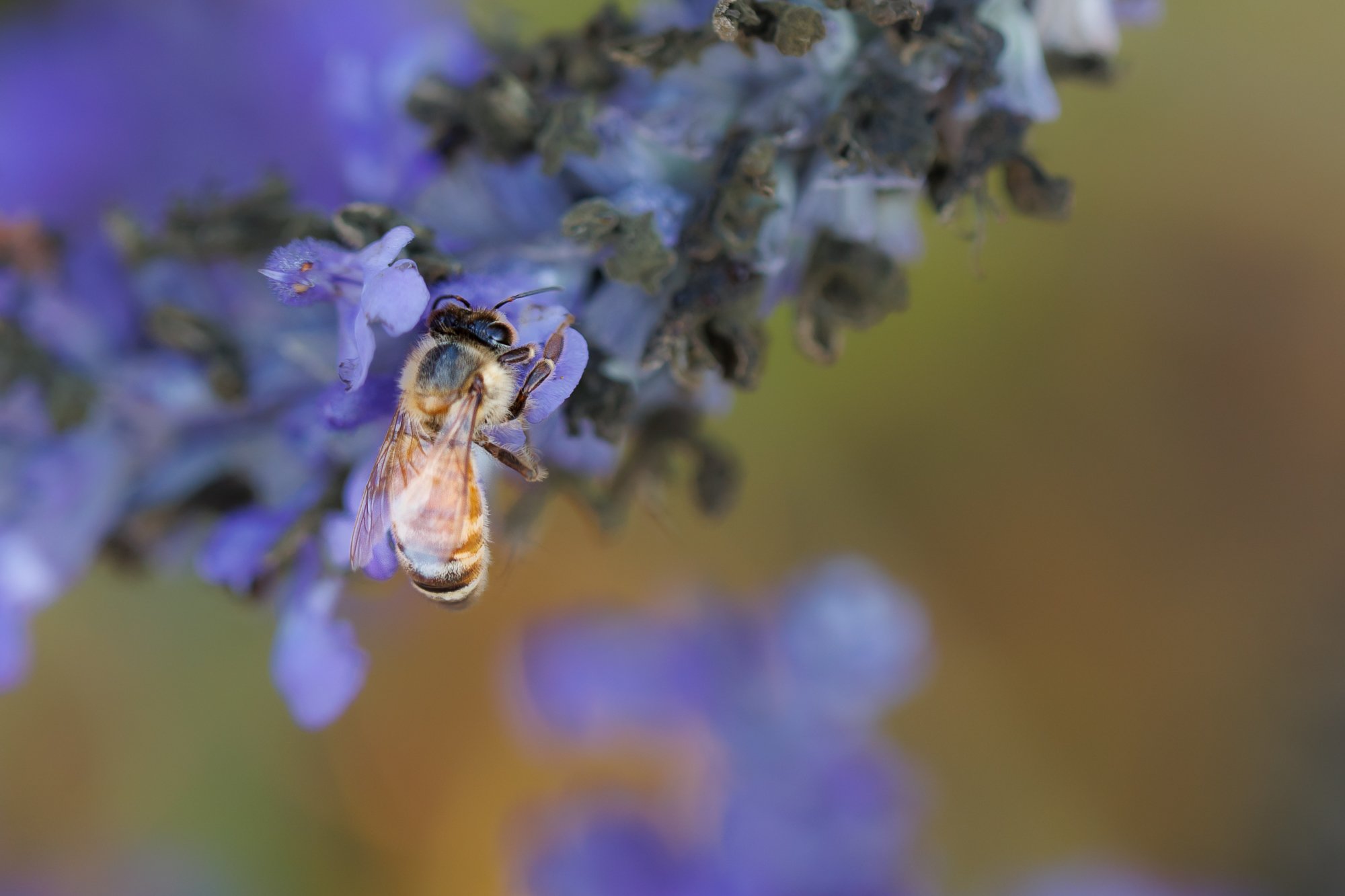
honey bee on salvia

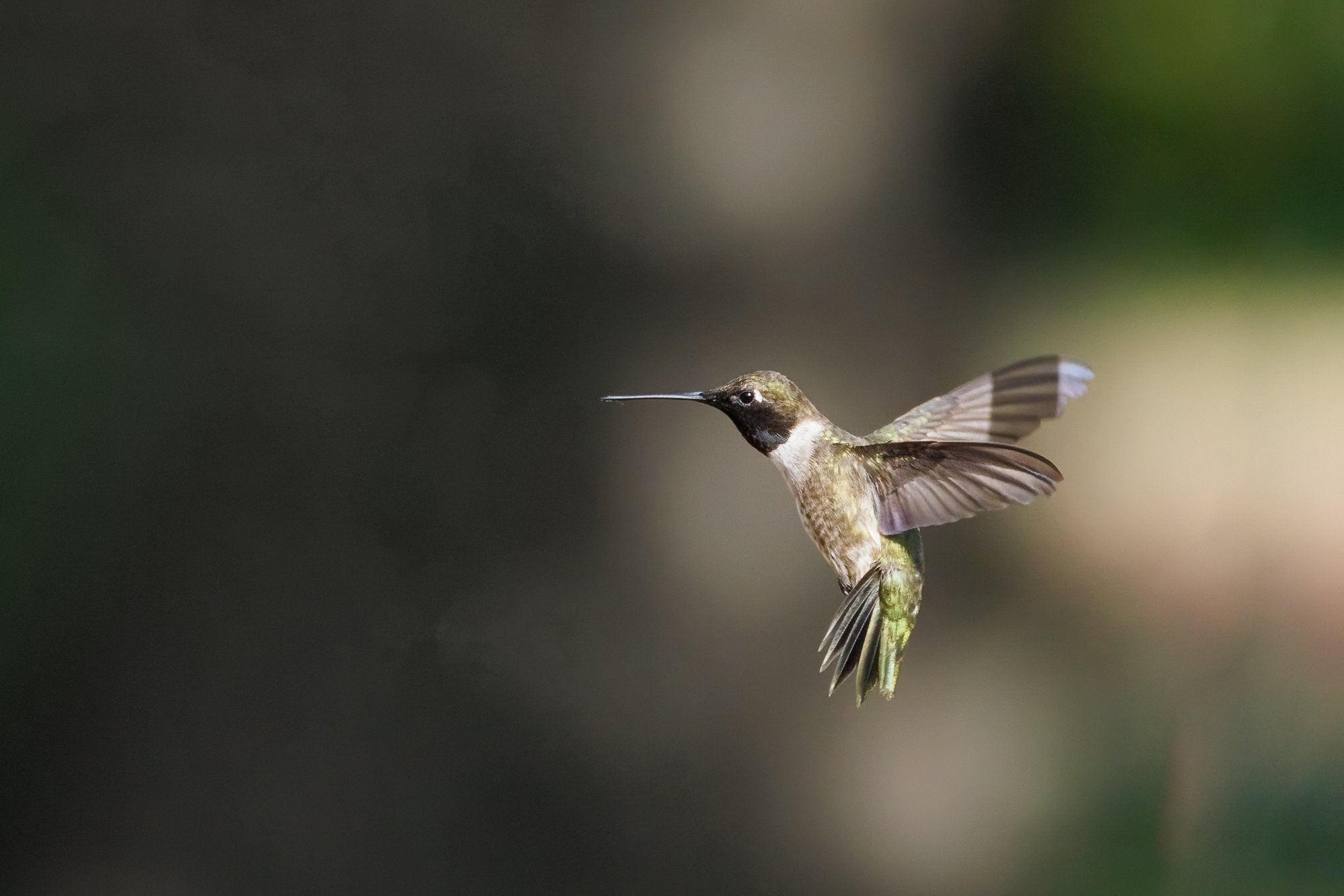
You can read more about my floral cutting garden at Cutting Garden.
Although this video is from a couple of years ago, there are still so many hummingbirds that come to my feeders regularly. I have three feeders in the garden and during the peak months of summer I fill them daily with about eight cups of sugar water. Now in the fall, I fill all three about every three days. Aren’t they so fun to watch?!
Can’t find what you’re looking for? Use the Search option below.
Tulips, with their vibrant hues and delicate petals, have long been cherished as a symbol of beauty and elegance in gardens around the world.
When I first started learning photography, in addition to photographing ALL THE THINGS, I was incredibly interested in macro photography. It intrigued me. The details and the blurry backgrounds seemed beyond reach. Because of this allure, a macro lens was the first lens I purchased (after the kit lens).
It’s past time to tear out the gardens - both the floral cutting garden and the vegetable garden. (My tomatoes are going crazy!!!) After all, it’s November! But, each time I go out to the garden and assess what I need to get started removing the old plants, I see bees, ladybugs, and butterflies. I just cannot begin to remove their food source.
Looking for a photography subject? Not sure what to photograph? Do your kids and grandkids or pets run and hide when the camera comes out? Look no further than your own garden, the farmers' market, and yes, even the grocery store for fantastic photography subjects.
A few years ago, I joined my friend in Mount Rainier National Park to reconnect with nature and photograph all the beautiful scenery that the park has to offer. But, we especially wanted to photograph the wildflowers. The season for wildflowers in Mount Rainier National Park typically begins in mid-July and extends through August, providing ample time to witness nature's incredible spectacle.
Last winter and spring, I prepared my vegetable and flower garden plots for the upcoming growing season. Nothing too big nor fancy, but just the right size to enjoy. With all plans I still just never know what the end result may look like. As well intentioned as I am about caring for my gardens, they sometimes end up being neglected.
Although I enjoy gardening, my flower garden is a learning process. I intended to grow flowers so that I could have a never ending supply of fresh bouquets. That hasn't really happened, but I can find many flower treasures among the weeds and dirt.
Spring is arriving soon, you're about to plant your garden, and you know you'll want to photograph it. From the tiny details through a macro lens, or the expanse that you can capture with a wide angle, there are some tips for planning your photo worthy garden that will give you some wonderful options.
Project 365, 2022, Week 20 included so many opportunities in multiple genres of photography. Most were right in my yard. I’ve dusted off my macro lens and worked intentionally with certain concepts in macro. Of course, flowers come to mind first. The intricacies of the flower blossoms just come to life with a macro lens. I’ve been taking a class on macro from Jenny W. It’s been a good refresher for me and I always enjoy seeing others’ work.
Spring is arriving soon, you're about to plant your garden, and you know you'll want to photograph it. From the tiny details through a macro lens, or the expanse that you can capture with a wide angle, there are some tips for planning your photo worthy garden that will give you some wonderful options.
When we moved to the orchard property full time a few years ago, one of the first things we did was plant both a vegetable garden and a flower cutting garden. The gardens have changed from year to year, but the perennials, zinnias, bachelor buttons, and few other favorites have always found a place in the garden.
Fresh in my garden, bachelor buttons self-seed every year. They make beautiful subjects for still life when fresh or dried.
Although I enjoy gardening, my flower garden is a learning process. I intended to grow flowers so that I could have a never ending supply of fresh bouquets. That hasn't really happened, but I can find many flower treasures among the weeds and dirt.
* * * * * * *
As a published, featured northern California fine art photographer living in the greater Sacramento area, I specialize in fine art landscape, nature, and still life photography. My style is authentic, fresh and personality-driven. I offer several educational opportunities including workshops and photography mentoring. You can learn about them by going to SERVICES and WORKSHOPS. While currently living in rural northern California with my husband and a couple thousand walnut trees, I post regularly to Instagram.
Please CONTACT ME with any questions or to schedule your learning session.
Serving Yuba City/Marysville, East Nicolaus, Wheatland, Lincoln, Woodland, Davis, Roseville, Rocklin, and the greater Sacramento area.
(530) 633-7575
Join other advanced photographers who are recognized for their technical and creative work. Learn more HERE.






















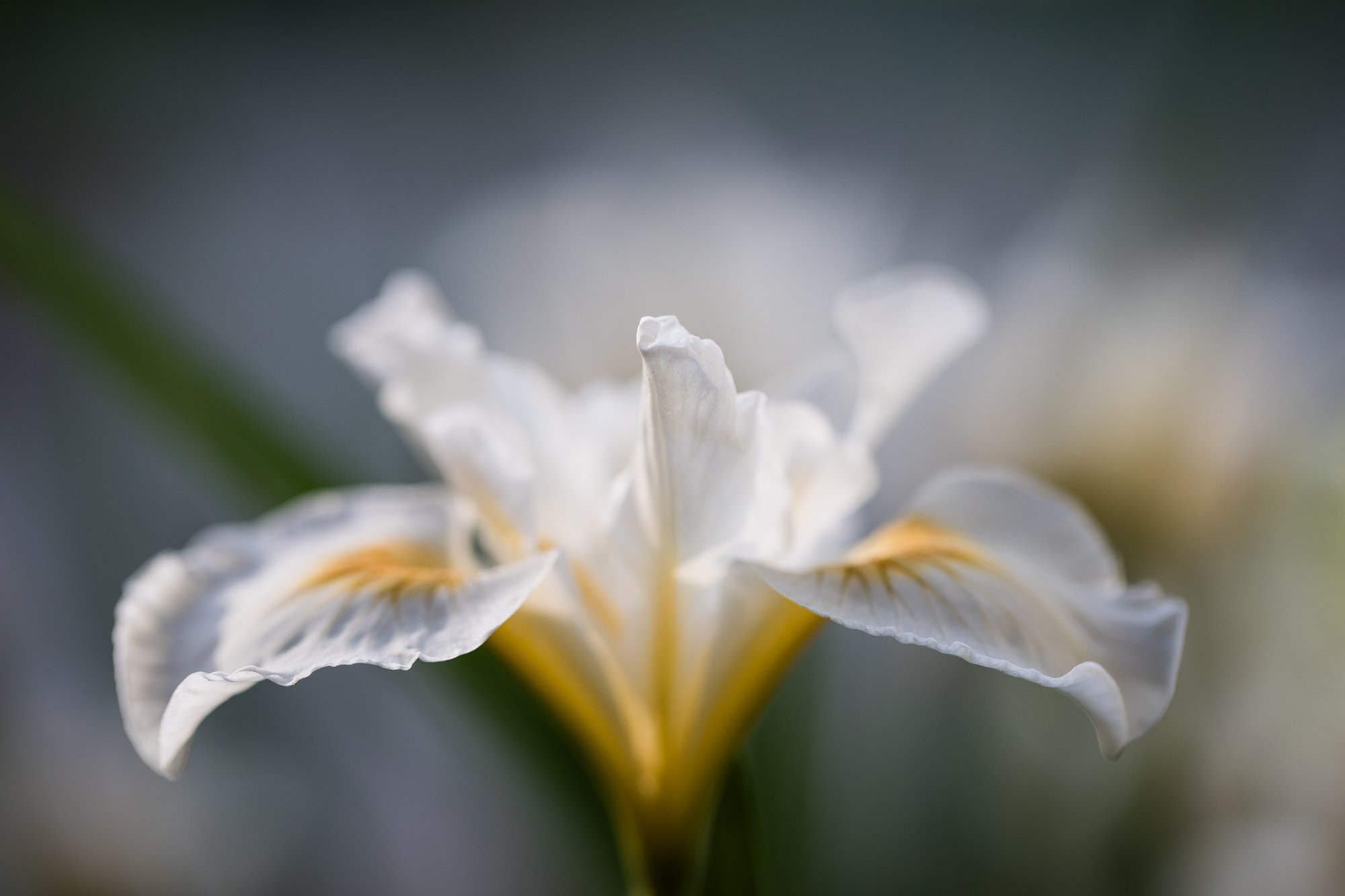

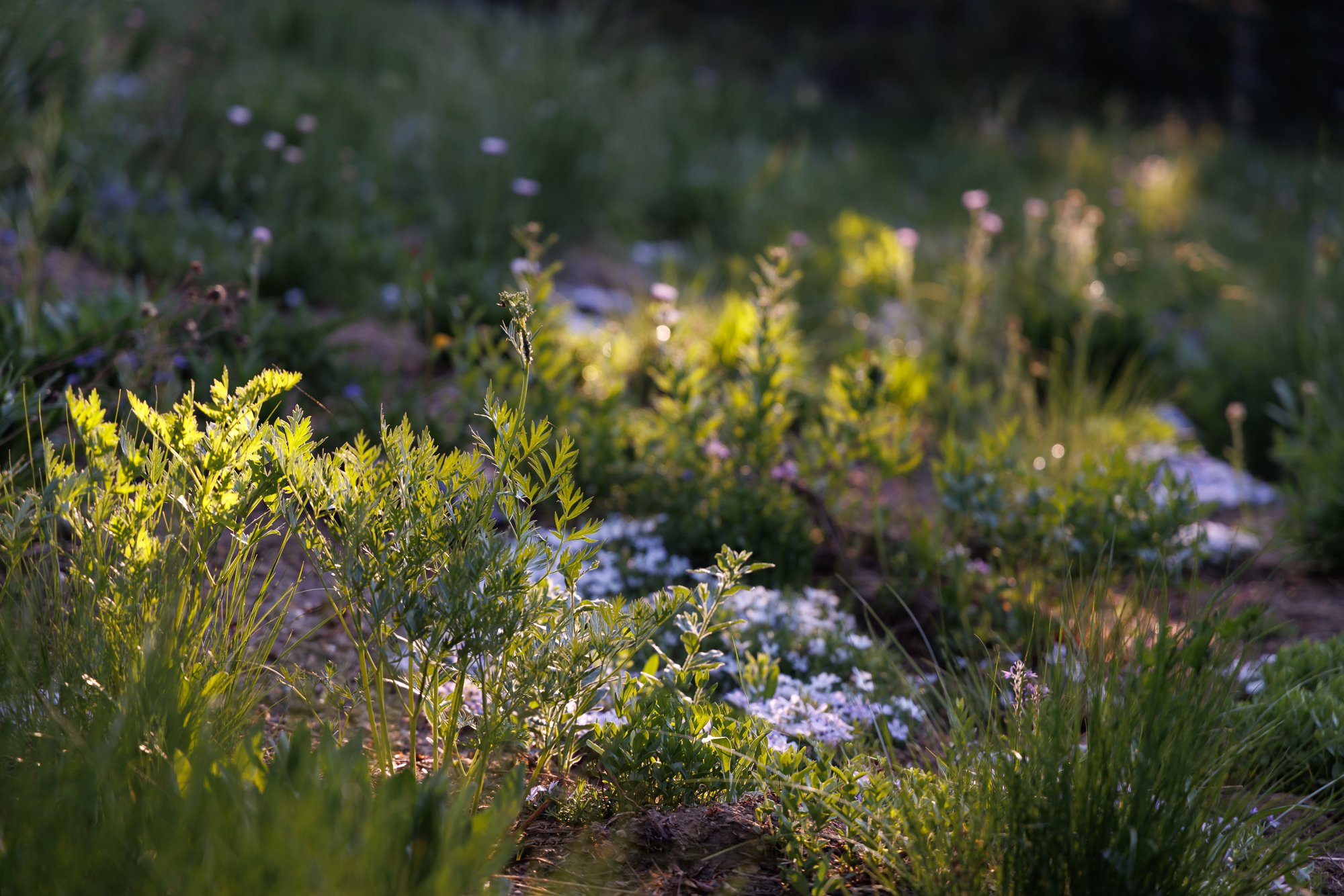
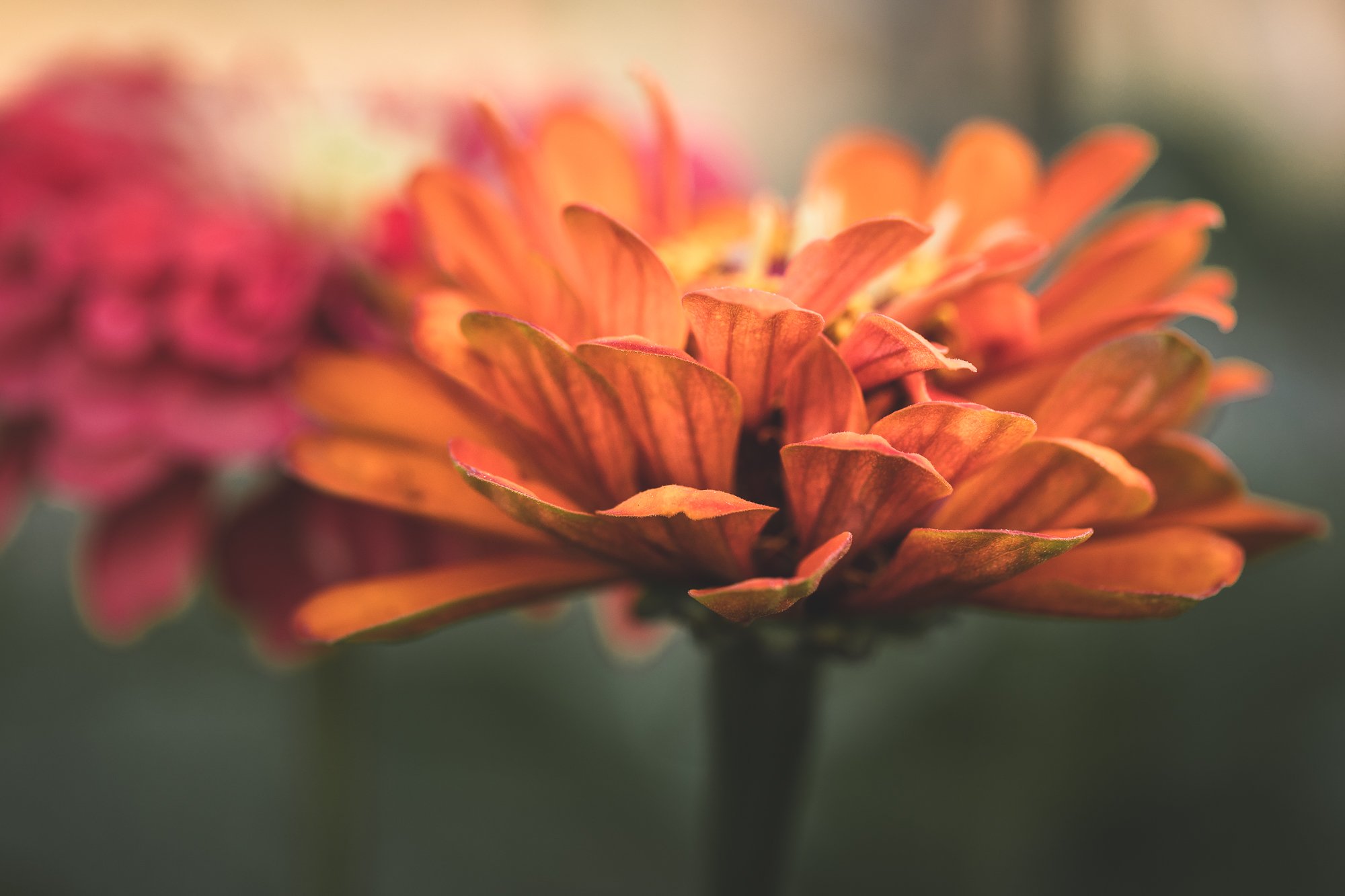


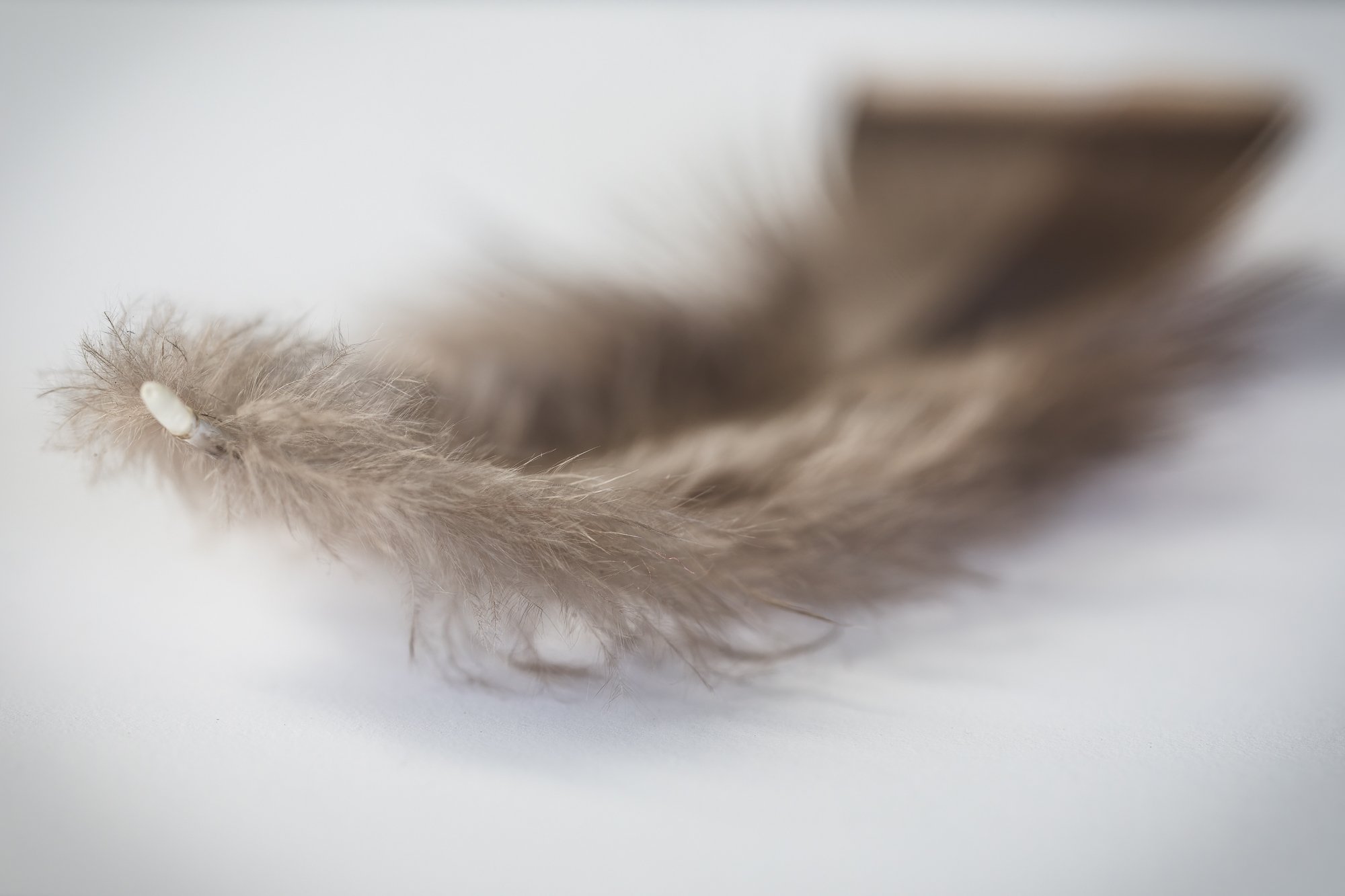















I love walking out into my garden and taking a deep breath. Despite the warmer temperatures, my sweet peas are still hanging in there.